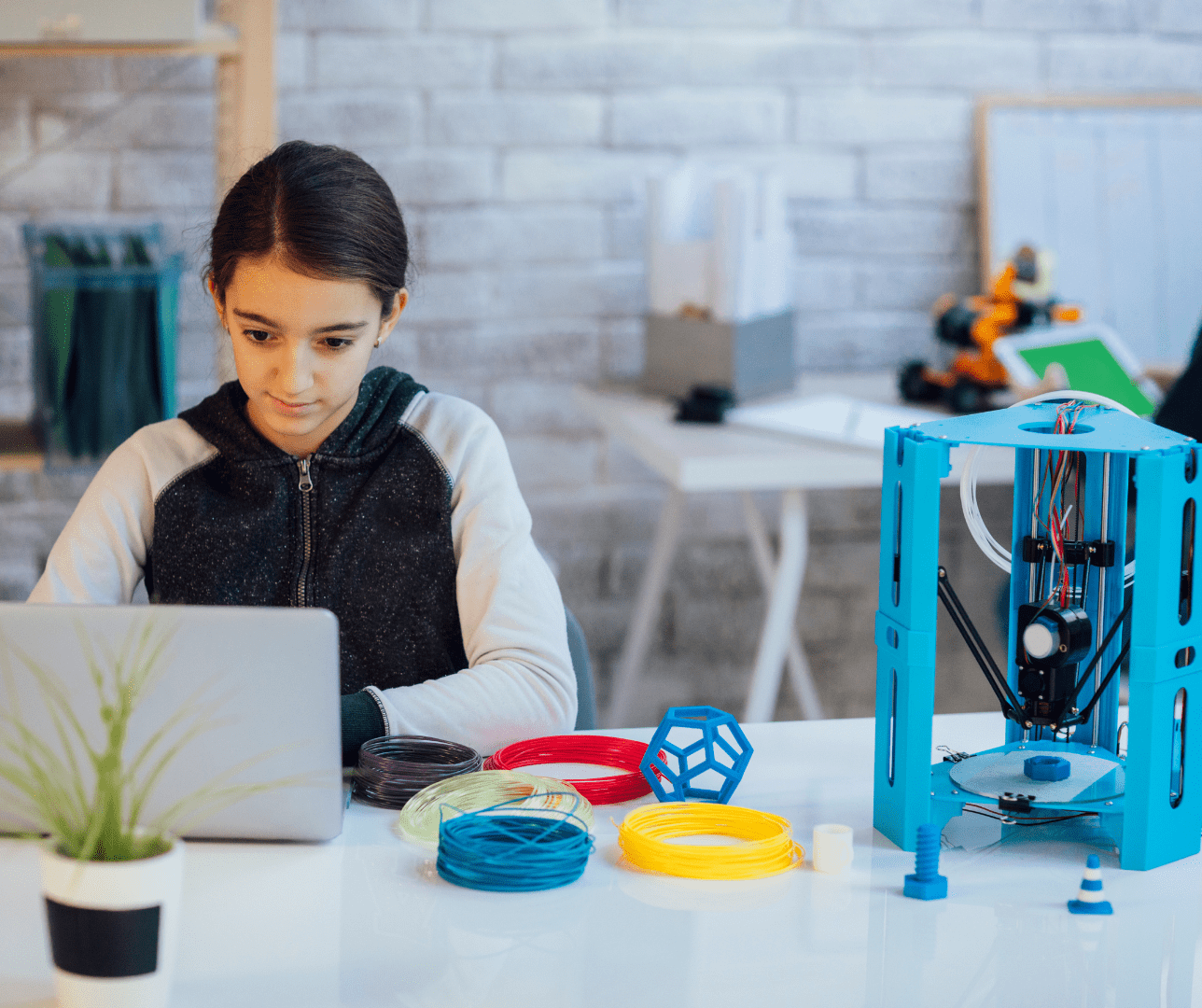In this blog post, we will unpack how assistive technology benefits students and teachers as well as the ways in which Oplan’s platform and hardware align with assistive technology.
Every student who enters our classroom has unique needs and skills. Some students require very little assistance to meet learning objectives while others need a little extra support. Students with communication disabilities benefit greatly from assistive technology.
Some students need extra assistance in meeting due dates through chunking the assignment, while others need help in the form of a wheelchair. The needs are as diverse as our students, which is why assistive technology is so beneficial.
Assistive technology helps students accomplish more achievement and more independence. Many students need opportunities to practice and play when learning, and assistive tech empowers them to do just that. It diminishes the opportunity gap and enables students to see learning concretely. For example, AT helps students understand the relationships between ideas and how objects or concepts interact with each other. Assistive tech helps students with :
Most assistive technology includes timers. Many students benefit from the visual and auditory cues of timers. That’s timers aid students to stay on-task, and remind them when transitions will happen. As a result, timers limit distracting behaviors and keep students regulated.
Oplan’s online platform and
SEQUENCE hardware both align with assistive technology in that it helps students create and maintain a better relationship with time.
Most timers do the simple job of counting down, and it’s the teacher who decides how much time to allow. But Oplan takes time management to the next level. It allows the student to take the reins. The platform and hardware have timers, but it’s the embedded opportunities for ownership, application, and reflection that sets Oplan apart from a simple timer.
Students have more ownership when using the Oplan platform. That’s because they become a part of the planning process. With the guidance of the teacher, students lay out the plan for completing a task and the time they think it will take to complete each step.
This initial discussion of time in relation to task completion becomes a powerful tool. It strengthens students’ awareness of how different tasks require different amounts of time. Of course, sometimes they overestimate and underestimate the time they’ll need to complete a task. But, they’ll never know until they start mindfully practicing it.
When students complete a task, there’s an additional piece to the process. Afterwards, they have the added benefit of seeing how their time estimation worked. Did they complete the task quicker than they anticipated? Did it take them longer to get it finished? Were they focused or did they get distracted? This is an opportunity to have reflections about their time management. imple timers just don’t allow for for this metacognitive piece because a simple timer is teacher-led time-management, not student-centered.
For even more visual support for students, Oplan’s SEQUENCE hardware brings the physical relationship of time management right to students’ desks.
The concept remains the same as with the online platform. The students and teacher create a learning plan and include the time it will take to complete each step. The difference here is that the plan is then printed and attached to the Sequence hardware. The hardware lights grow over the course of the learning plan and cue students when it’s time to move on to the next step.
This visual cue helps students stay on track and understand how they manage time, but it also measures the amount of
extended time they need for certain tasks. This provides valuable data for educators, special education teachers, and case managers. It gives concrete information for goal setting in IEPs.
Students with learning disabilities and 504 plans greatly benefit from assistive technology, but even students who struggle with executive functioning skills like time management and organization can use it to their advantage.
Oplan’s hardware and software assist in these crucial life skills and gives every student the chance to manage their time well.
